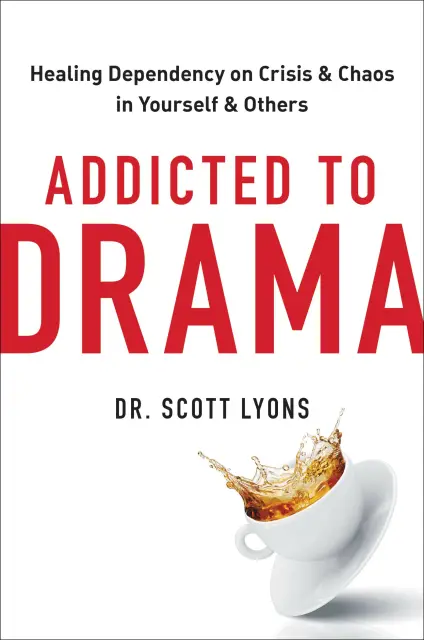The Book Nook
Great books can serve as an amazing resource to illustrate many of they topics in managing people. Join us as we work through many of the greats - paying special attention to the learnings we can apply to managing your team.
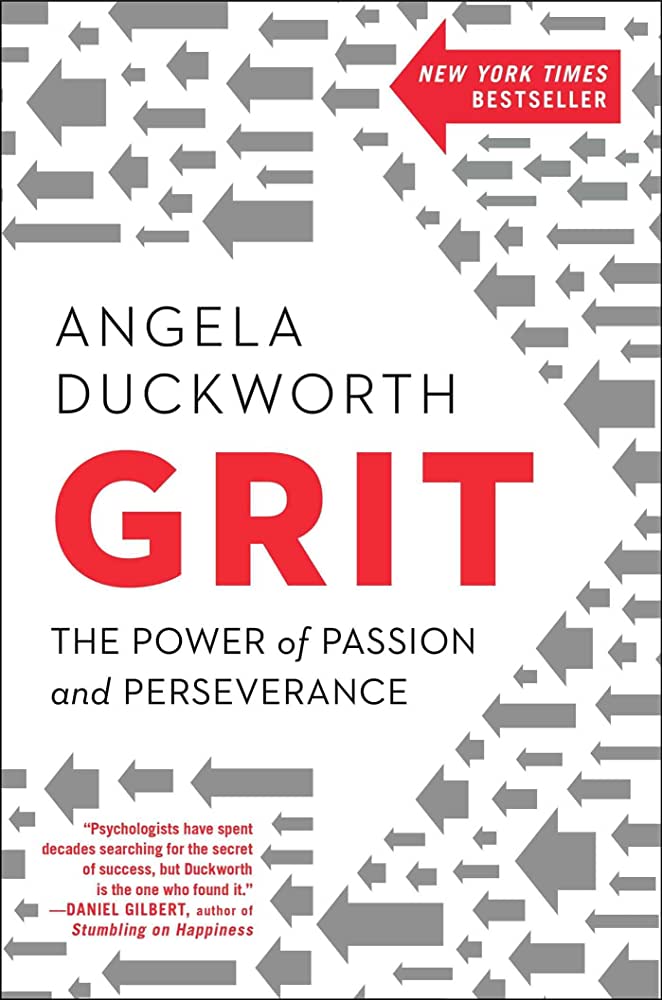
Grit: The Power of Passion & Perseverance

Radical Candor: Fully Revised & Updated Edition: Be a Kick-Ass Boss Without Losing Your Humanity

The Happiness Advantage

Unreasonable Hospitality

It's the Manager: Gallup finds the quality of managers and team leaders is the single biggest factor in your organization's long-term success.
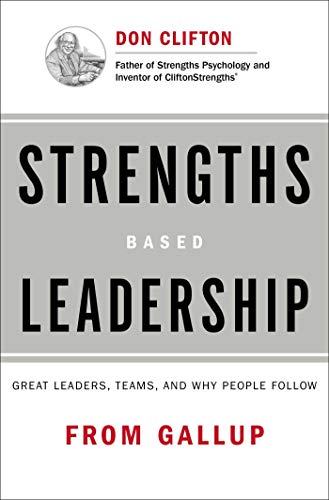
Strengths Based Leadership: Great Leaders, Teams and Why People Follow

The Self-Aware Leader: Play to Your Strengths, Unleash Your Team
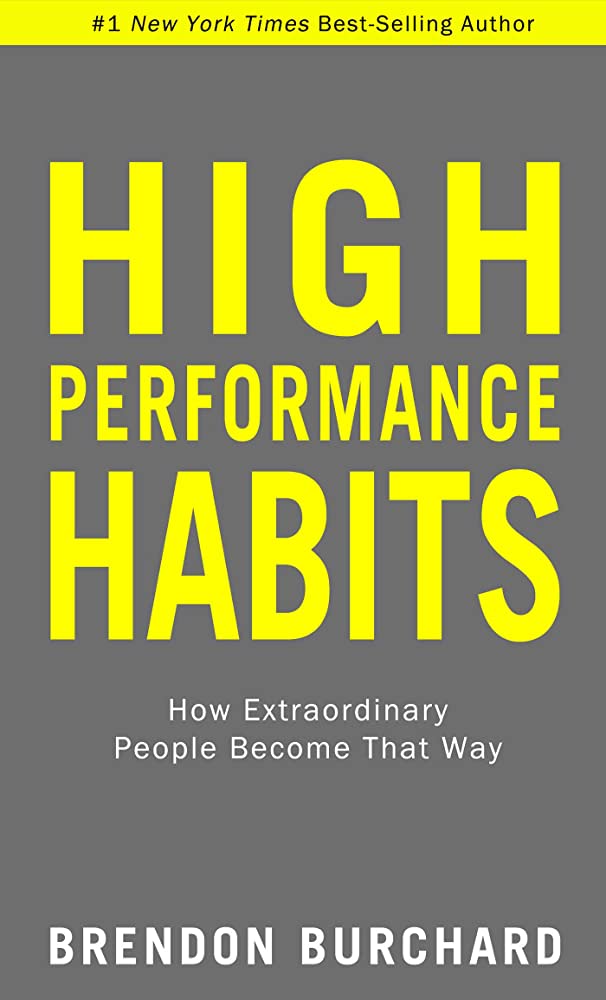
High Performance Habits: How Extraordinary People Become That Way
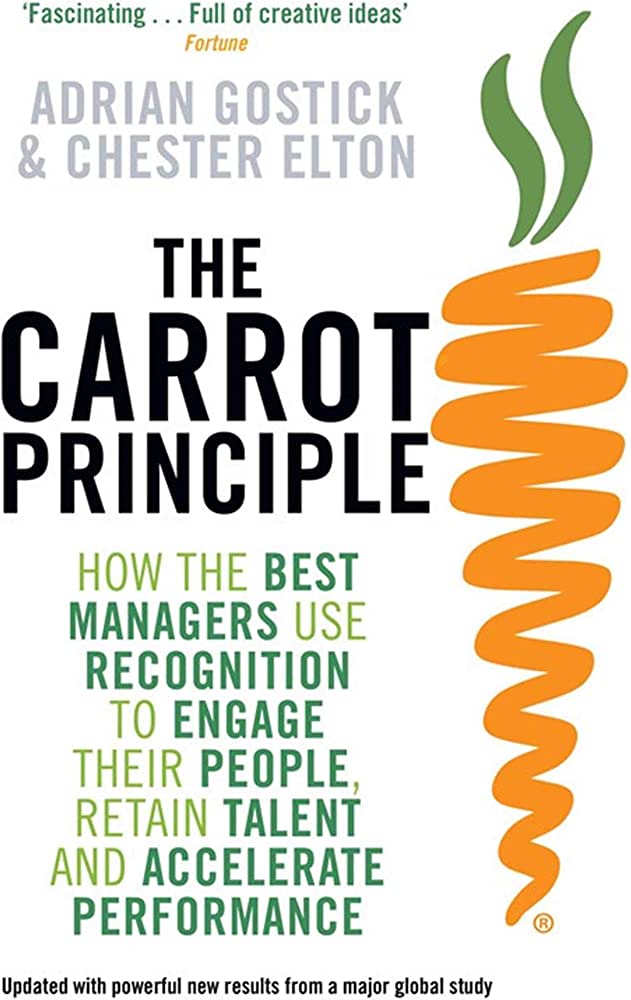
The Carrot Principle: How the Best Managers Use Recognition to Engage Their People, Retain Talent, and Accelerate Performance

Crucial Conversations: Tools for Talking When Stakes are High
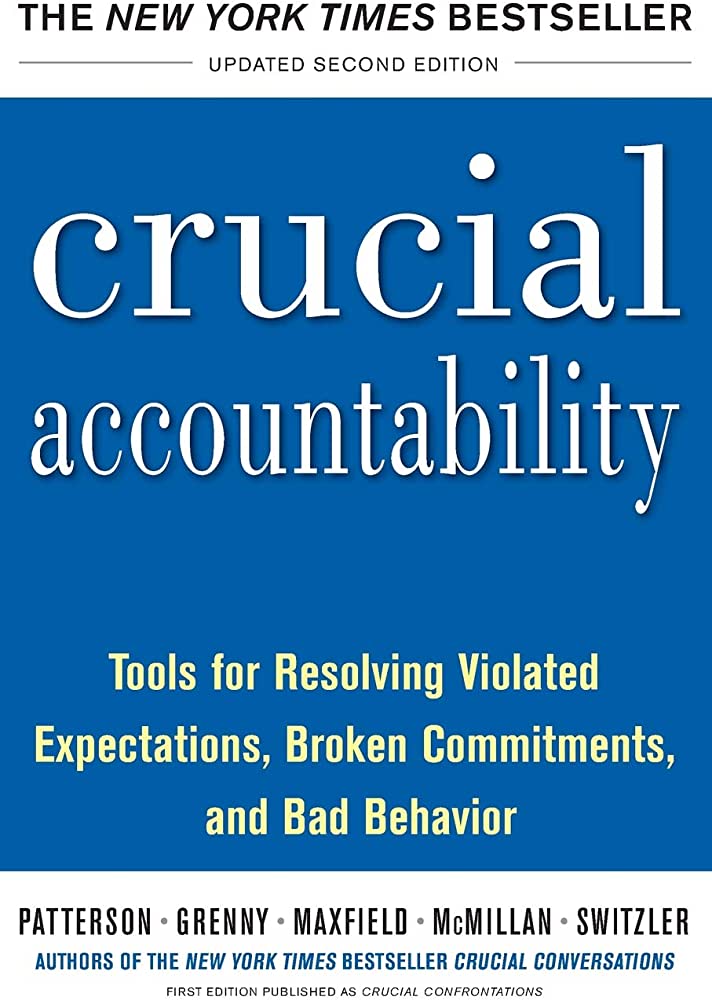
Crucial Accountability: Tools for Resolving Violated Expectations, Broken Commitments, and Bad Behavior

How Highly Effective People Speak: How High Performers Use Psychology to Influence With Ease
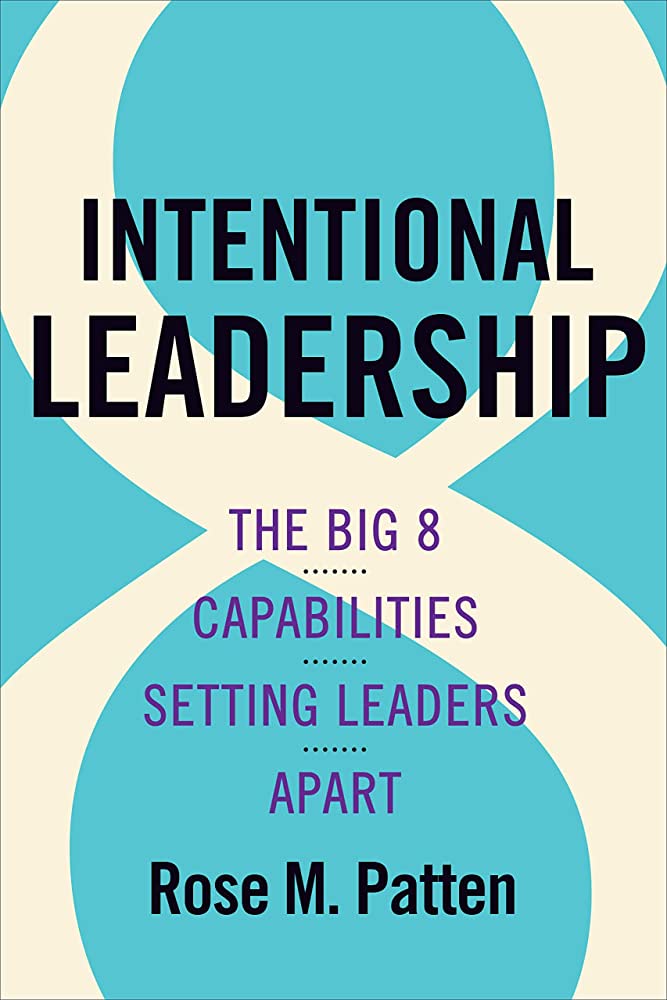
Intentional Leadership: The Big 8 Capabilities Setting Leaders Apart

The First 90 Days, Updated and Expanded: Proven Strategies for Getting Up to Speed Faster and Smarter

Make Time: How to Focus on What Matters Every Day

Atomic Habits: An Easy & Proven Way to Build Good Habits & Break Bad Ones

Make Meetings Matter: How to Turn Meetings from Status Updates to Remarkable Conversations

Boundaries for Leaders

Boundary Boss: The Essential Guide to Talk True, Be Seen, and (Finally) Live Free

Boundaries Where You End And I Begin: How To Recognize And Set Healthy Boundaries
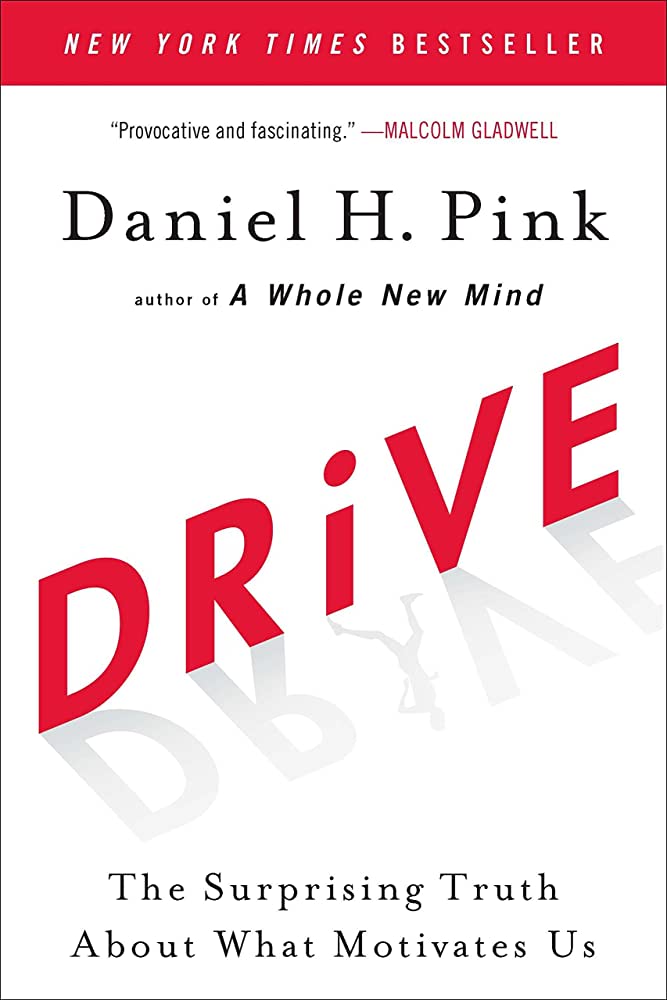
Drive: The Surprising Truth About What Motivates Us
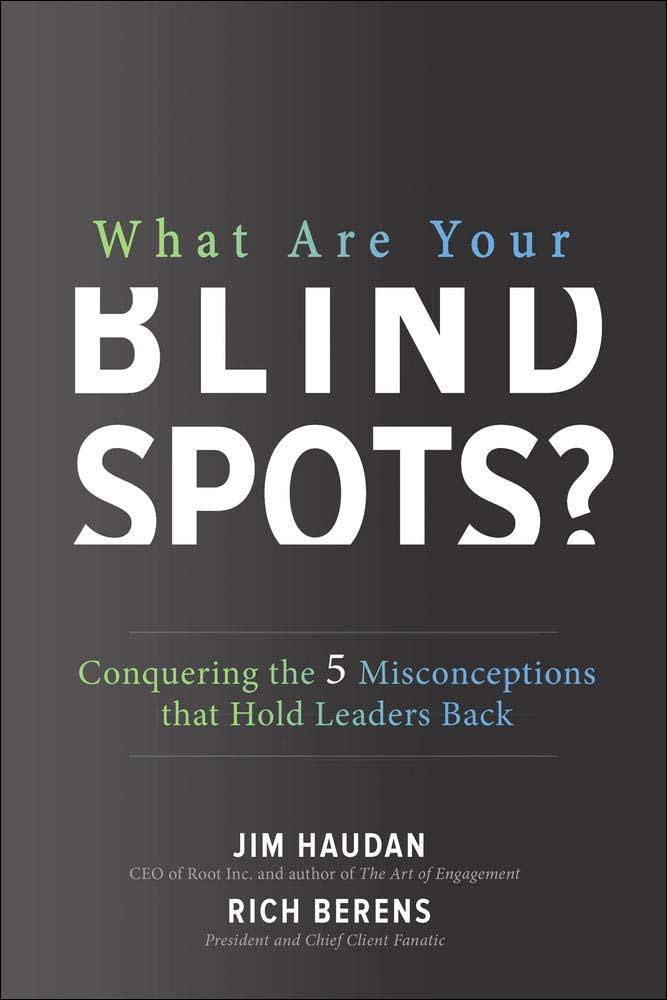
What Are Your Blind Spots? Conquering the 5 Misconceptions that Hold Leaders Back
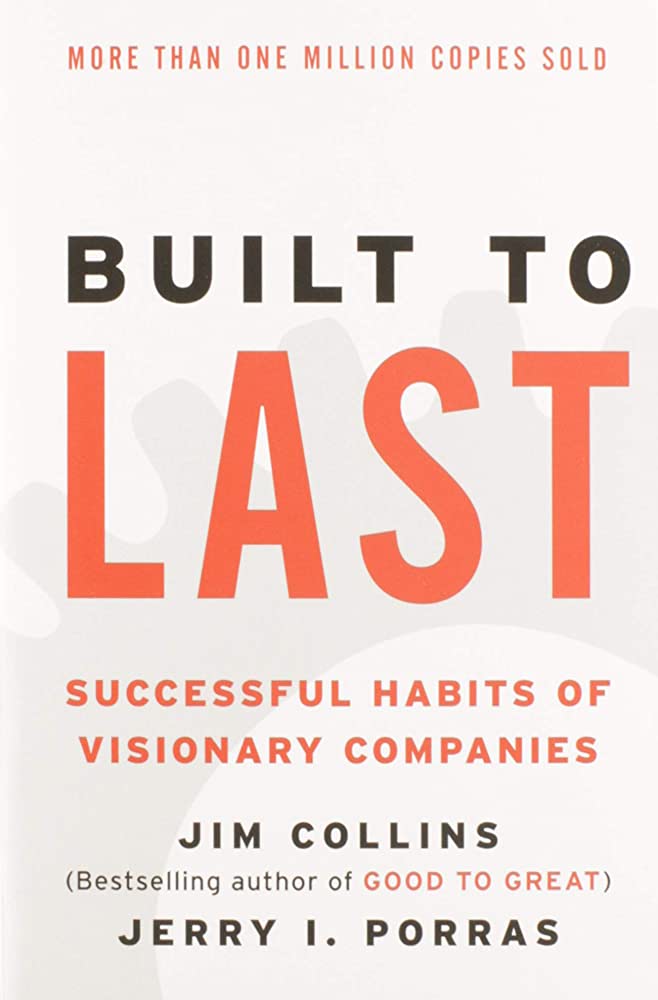
Built to Last: Successful Habits of Visionary Companies
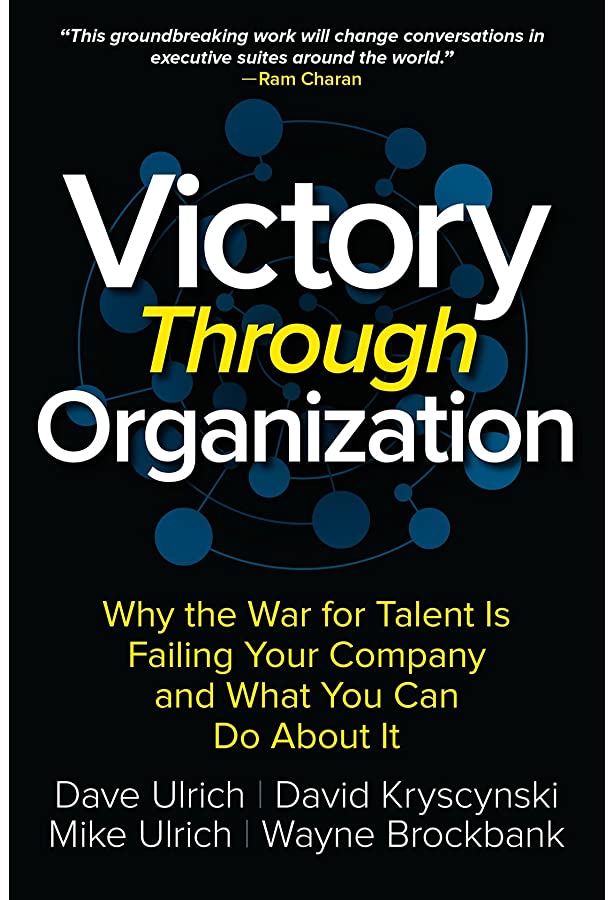
Victory Through Organization: Why the War for Talent is Failing Your Company and What You Can Do about It

Tiny Habits: The Small Changes That Change Everything

The 7 Habits of Highly Effective People

Think Again: The Power of Knowing What You Don't Know
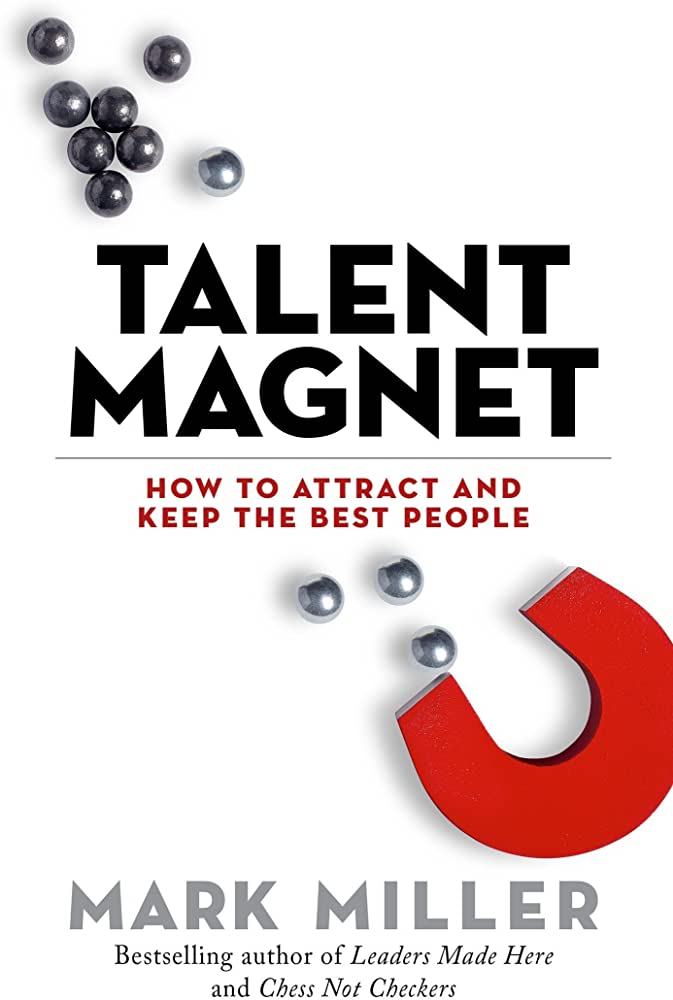
Talent Magnet: How to Attract and Keep the Best People (The High Performance Series)

Atlas of the Heart: Mapping Meaningful Connection and the Language of Human Experience
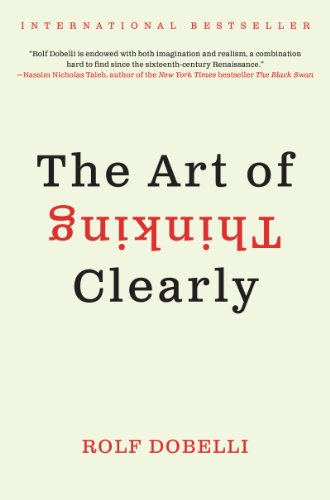
The Art of Thinking Clearly
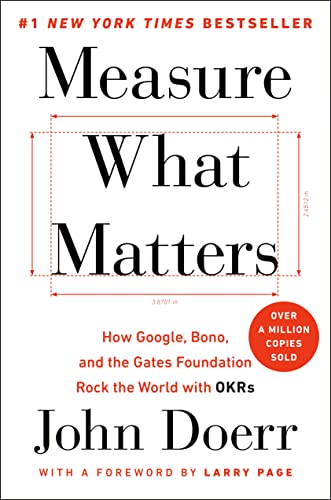
Measure What Matters: How Google, Bono, and the Gates Foundation Rock the World with OKRs

Lead With Balance: How To Master Work-Life Balance in an Imbalanced Culture
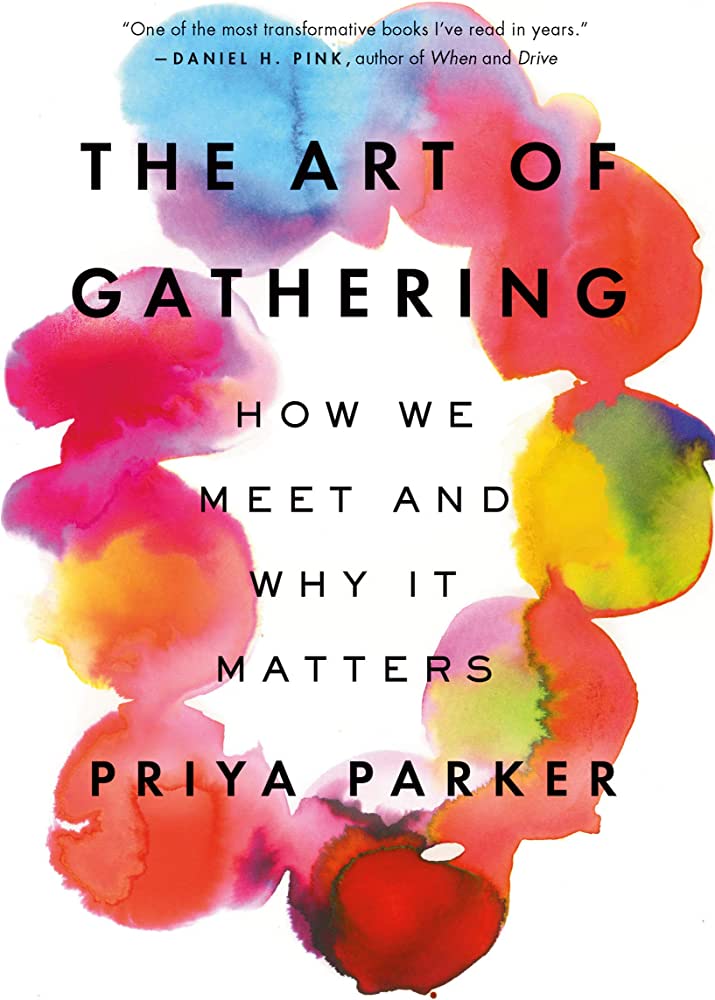
The Art of Gathering: How We Meet and Why It Matters
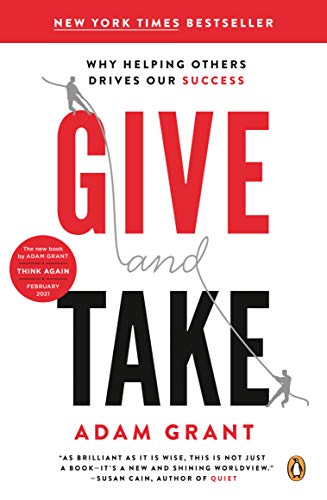
Give and Take: Why Helping Others Drives Our Success

Never Split the Difference: Negotiating as if Your Life Depended on It

Applied Empathy

Maybe You Should Talk to Someone: A Therapist, HER Therapist, and Our Lives Revealed
